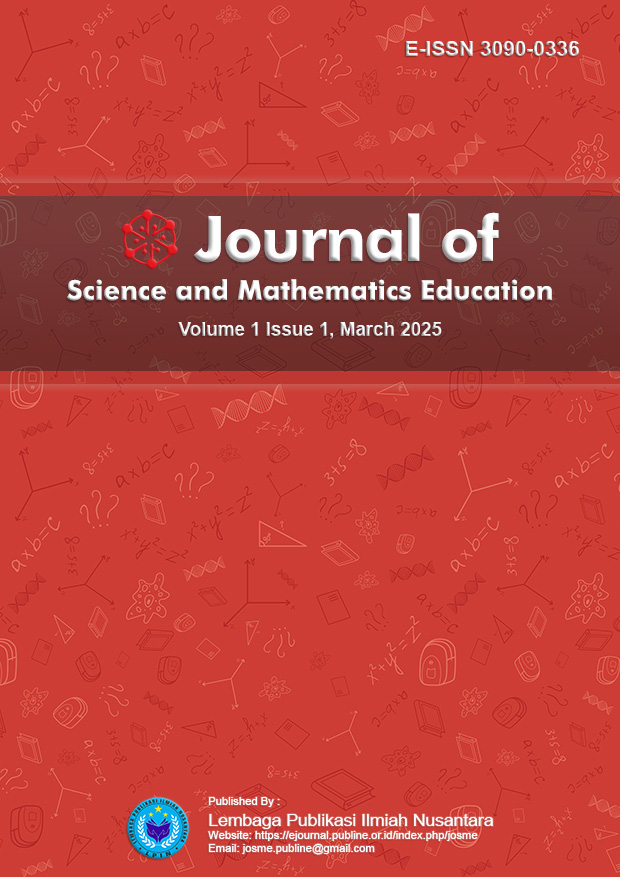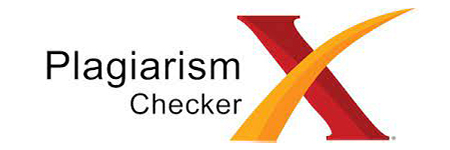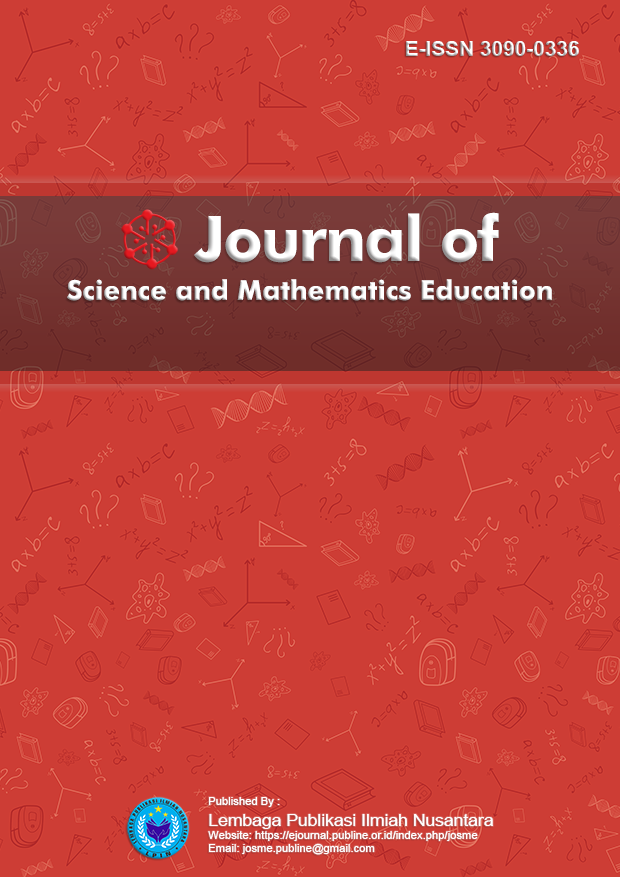Studi Keanekaragaman Mikroorganisme Di Ekosistem Air Tawar
DOI:
https://doi.org/10.70716/josme.v1i1.151Keywords:
Microbial Diversity, Freshwater Ecosystem, Metagenomics, Bioremediation, Environmental MicrobiologyAbstract
Freshwater ecosystems serve as habitats for various microorganisms that play a crucial role in ecological balance and biogeochemical cycles. This study aims to analyze the diversity of microorganisms in freshwater ecosystems using conventional microbiological approaches and DNA-based analysis. Samples were collected from several distinct freshwater bodies, including rivers, lakes, and swamps, to identify variations in microbial communities.The results show that the microorganisms found belong to various groups, including bacteria, archaea, and fungi, with dominant genera such as Pseudomonas, Bacillus, and Aspergillus. Environmental factors such as pH, temperature, nutrient content, and dissolved oxygen levels significantly influence the composition of microbial communities. Metagenomic analysis revealed the potential of microorganisms in bioremediation processes, such as the degradation of organic pollutants and nitrogen fixation. Additionally, microorganisms with probiotic potential were identified, which could be utilized in the aquaculture industry and environmental health. In conclusion, freshwater ecosystems harbor a high diversity of microorganisms with various ecological functions and potential applications in environmental and biotechnological fields. Further studies are needed to explore the specific roles of microorganisms in freshwater ecosystems and their potential in the development of environmentally friendly technologies
Downloads
References
Atlas, R. M., & Bartha, R. (1998). Microbial Ecology: Fundamentals and Applications. Addison-Wesley.
Madigan, M. T., Martinko, J. M., & Parker, J. (2003). Brock Biology of Microorganisms. Pearson Education.
Torsvik, V., Øvreås, L., & Thingstad, T. F. (2002). Prokaryotic diversity—magnitude, dynamics, and controlling factors. Science, 296(5570), 1064-1066.
Fierer, N., & Jackson, R. B. (2006). The diversity and biogeography of soil bacterial communities. Proceedings of the National Academy of Sciences, 103(3), 626-631.
Gadd, G. M. (2010). Metals, minerals and microbes: geomicrobiology and bioremediation. Microbiology, 156(3), 609-643.
Smith, D., & Alverez, P. J. J. (2007). Biodegradation of benzene, toluene, ethylbenzene and xylene (BTEX) compounds under various electron acceptor conditions. Environmental Science & Technology, 41(6), 1962-1970.
Muyzer, G., & Stams, A. J. (2008). The ecology and biotechnology of sulphate-reducing bacteria. Nature Reviews Microbiology, 6(6), 441-454.
Kappler, A., & Straub, K. L. (2005). Geomicrobiological cycling of iron. Nature Reviews Microbiology, 3(3), 235-246.
Widada, J., Nojiri, H., & Omori, T. (2002). Biodegradation of aromatic hydrocarbons by bacteria. Journal of Bioscience and Bioengineering, 94(1), 1-12.
Singh, A., & Ward, O. P. (2004). Biodegradation and bioremediation. Springer-Verlag.
Downloads
Published
How to Cite
Issue
Section
License
Copyright (c) 2025 Naila Rahmawati, Suci Wulandari

This work is licensed under a Creative Commons Attribution-ShareAlike 4.0 International License.











